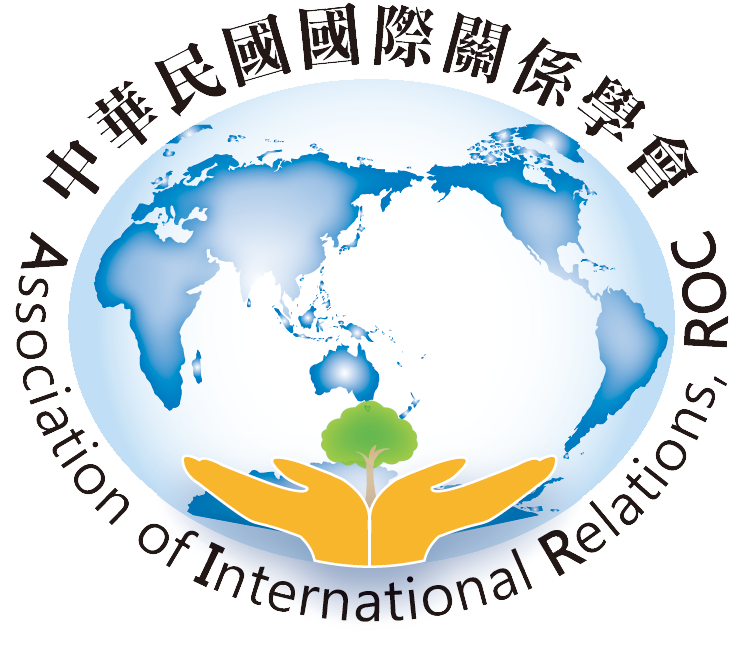Australia New Zealand Journal of European Studies (ANZJES)
Special Issue
Is the future of the European Union more differentiated?
Brexit, Schengen area, Eurozone, “opt-out” mechanisms, permanent structured cooperation (PESCO) are just some of the few examples of a differentiated integration (DI) characterizing the European Union (EU) nowadays. Integration is differentiated when, within the common framework of EU competences, not all member states are subject to the same and uniform community rules. In the literature there is a wide consensus on the fact that the different instruments of DI have offered successful solutions for overcoming possible political vetoes and stalemates, promoting deeper integration only among those member states willing to pursue it. Under this perspective, DI reflects the heterogeneity of interests of the EU Member States. Recently, the EU has adopted several measures promoting a differentiated integration. For instance, almost all the answers adopted to overcome the 2008 economic crisis have been based on forms of DI (e.g. the Fiscal Compact). However, the future of the EU integration is not necessarily differentiated nor necessarily uniform: the most recent crisis, the Covid crisis symmetrically affecting all the Member States, has not produced differentiated answers but the adoption of homogeneous instruments (e.g. the Recovery Plan). So, if uniform integration cannot be taken for granted, DI cannot be considered inevitable either. If, on the one hand, DI has accommodate the differences between the Member States, on the other hand it has also offered a way for third countries to be associated to the EU without being full members. This is the case of Norway, Switzerland and many Neighbour Countries. Therefore, DI has an internal but also an external dimension. DI also poses a series of questions on the future of EU integration: how much differentiation is possible without putting at risk the entire integration? Where does differentiation end and disintegration begin? Is DI (with its complexity and, sometimes, duplication of institutions) increasing the complexity of the EU and its democratic deficit? And, finally, is the future of the EU inevitably more differentiated? ANZJES is looking for papers of around 6,000 words dealing with all aspects related to DI: theories of DI, the implications of DI for the EU integration, DI and negotiations theories, DI in EU policies, consequences of DI for relations with neighbors (including the UK). Proposal submission Please send all paper proposals to marco.brunazzo@unitn.it and mathew.doidge@canterbury.ac.nz It should include: The title of the proposed paper The name of the contributor(s), her/his/their affiliation(s) An abstract of no more than 150 words. Submission deadlines Deadline for sending paper proposals: 20 April 2021 Decision on selected papers: 30 April 2021 Deadline for sending papers: 21 November 2021 The Journal Launched in 2008, ANZJES is a scholarly, double-blind peer-refereed publication, which reflects the aims of its founding organisation, the European Studies Association of Australia New Zealand (ESAANZ). ANZJES is now published as an Open Access Journal hosted through the University Library at the University of Sydney. Articles published in ANZJES are searchable via Ebscohost and are included in current Excellence in Research for Australian (ERA) listings For more information: https://www.esaanz.org.au/anzjes/

